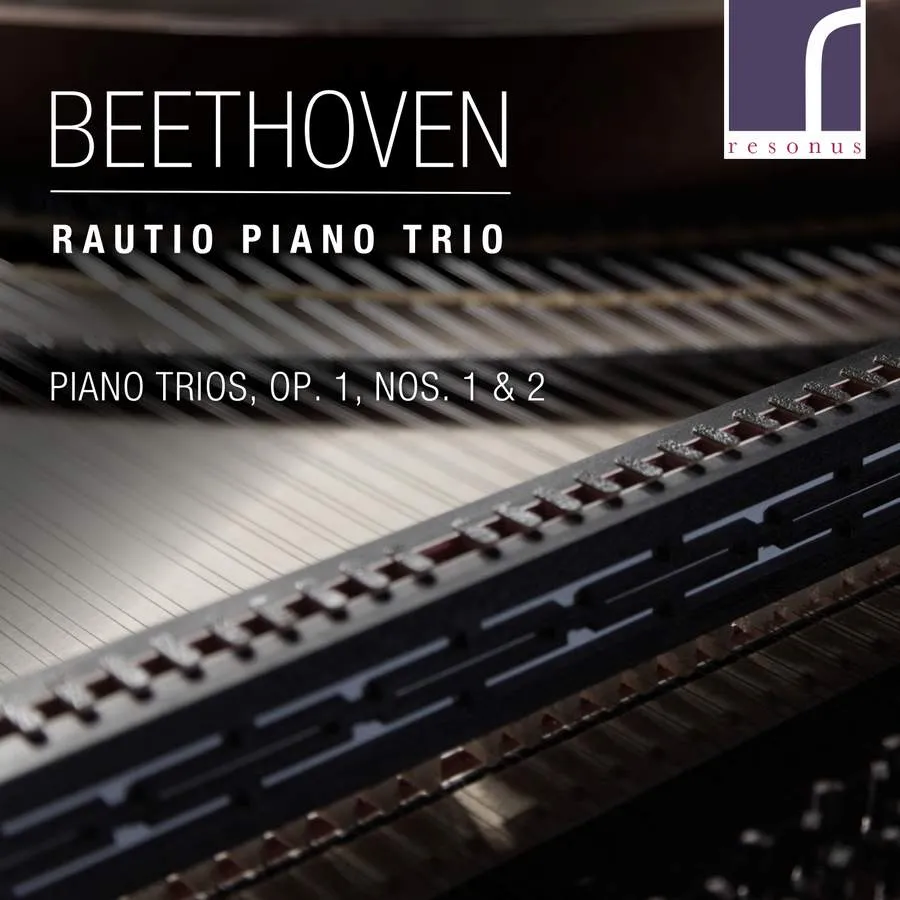
Beethoven Piano Trios, Op. 1 Nos 1 & 2 Rautio Piano Trio Resonus RES 10305 60:36 mins
Fortepiano renderings of Beethoven’s keyboard works are increasingly popular these days. This recording comes with a persuasive encomium to the instrument’s potential by its fortepianist, Jan Rautio, who blames his violinist Jane Gordon for infecting him with her love of period instruments, and for what they can do to reveal ‘hidden truths’ in Baroque music. But he was more than ready to be infected, having noticed how difficult it was to achieve good balance in a group dominated by a modern piano.
‘I wanted transparency without sounding feeble,’ he writes, ‘variety of tone without resorting to melodramatic undulations of volume; greater clarity of articulation.’ A fortepiano, he adds, makes light work of these tasks. But he goes on to praise the fortepiano for those precise qualities which the modern piano’s homogeneity of tone obliterates: with a hint of the harpsichord in its bass, its lyricism in the middle register, and its sparkling top.
And it has to be said that the Rautio Trio’s sound vindicates these claims. Rautio’s instrument has an unusually warm and rounded tone, which melds and contrasts satisfyingly with Victoria Simonsen’s cello and Gordon’s violin. These works were written when Beethoven was 23 and just beginning his career, and these players bring a suitable freshness to this music. And in this Opus 1 they help us to sense both Beethoven’s debt to Haydn, and also adumbrations of great works to come, notably their unique amalgam of muscularity and sweetness, and in their expansive and exploratory second-movement Adagios. And these players make the most of Beethoven’s playfulness, notably in the E flat major work’s finale, where the fortepiano provokes some mischievous squeaks from the violin.
Michael Church